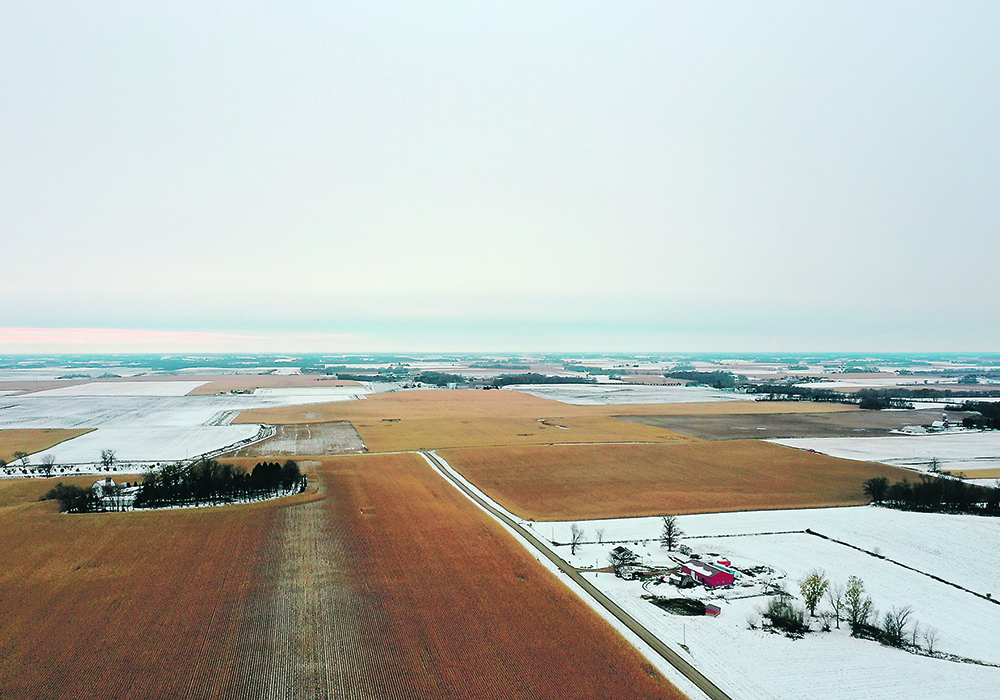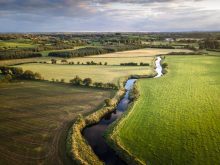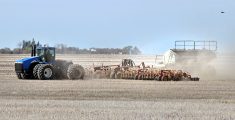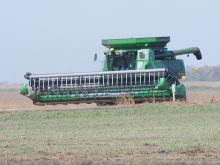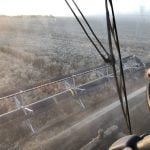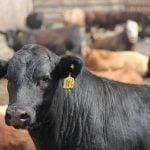Federal agriculture department asks farmers and ag groups for input on how to structure a carbon sequestration market
Only a minute into his speech on March 1, U.S. agriculture secretary Tom Vilsack mentioned carbon sequestration and paying farmers to store greenhouse gases in the soil.
Vilsack, who spoke virtually to the U.S. National Farmers Union annual convention, said he will be “very active” on climate change and is determined to create new streams of revenue for American farmers.
U.S. president Joe Biden has committed to take action on climate change and farming can be part of the solution, Vilsack said.
“I think agriculture is (positioned) to be a leader in this effort. You’re not going to be able to sequester carbon (in the soil) unless you engage rural America on farms and ranches,” he said. “To do that, we need to create financial incentives and markets… that are designed, constructed and implemented for farmers.”
Read Also

Weather factors to watch this winter
There are currently three main factors that could be a driving force behind the type of weather we may see this winter. The first is La Nina, which is currently in a weak stage.
The U.S. Senate confirmed Vilsack as agriculture secretary Feb. 23. He has started the process to create a carbon sequestration market. The U.S. Department of Agriculture is asking for input from farmers and ag groups on the structure of the market.
“We want to establish a system that’s designed by farmers, for farmers,” he said to the NFU members, noting American farmers need new sources of revenue.
A viable carbon market can generate “more income for farmers,” said Vilsack, who served as agriculture secretary under President Barack Obama.
For years, Canadian farm groups have lobbied for a system where farmers are compensated for practices like zero tillage, cover crops and diverse crop rotations, which keep more carbon in the soil.
But designing such a system is not simple.
“It (a regulated offset market) is not going to be an easy thing to set up… However, the potential is absolutely huge,” John Bennett, chair of the Saskatchewan Soil Conservation Association’s carbon advisory committee, told The Western Producer in February.
In 2018, the federal government introduced a carbon pricing system, known by most Canadians as the carbon tax, where the price of one tonne of CO2 emissions was priced at $10 per tonne and will rise by $10 per tonne each year to $50 per tonne by 2022. The tax is expected to hit $170 per tonne by 2030.
A climate resilience report from Saskatchewan’s government suggested the province’s farmers sequestered nearly 12 million tonnes of carbon dioxide equivalent (CO2e) in 2016.
At a value of $30 per tonne, those credits could be worth as much as $360 million now and could increase to nearly $2 billion in 2030.
Vicki Dutton, a grain grower from Paynton, Sask., believes farmers have an opportunity to create a significant new revenue source based on carbon tax prices of $170 a tonne.
“At this price, we either have a problem or we have an opportunity,” Dutton said in January. “I believe this is an opportunity. We sequester carbon and we have Agriculture Canada collaborated science that proves we do.”
Vilsack’s comments are a strong signal that a carbon sequestration market for agriculture may become a reality in America.
Should that happen, it would put pressure on Canada’s federal government to follow America’s lead.
Tim Faveri, vice-president of sustainability and shared value with Maple Leaf Foods, is convinced that America is serious about a carbon sequestration market.
Massive companies like Microsoft and Unilever have committed to becoming carbon neutral. They will want to purchase carbon offsets from farmers who practise zero tillage, use cover crops and take steps to improve soil health.
When America gets behind something it happens, Faveri said last year, following the election of Biden as president.
“With a new administration in the U.S. it’s going to explode. I guarantee it.”


